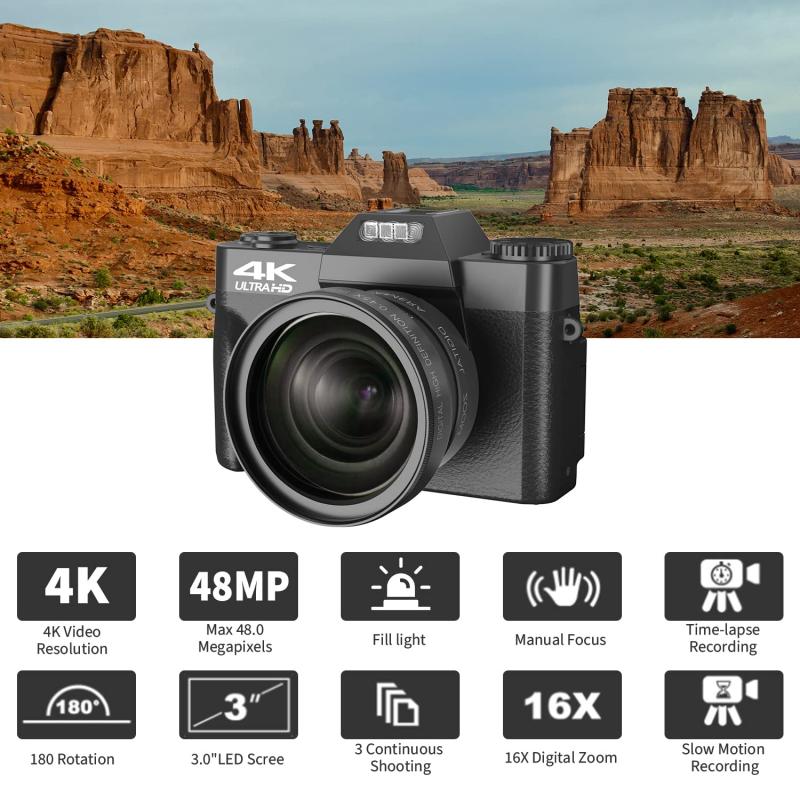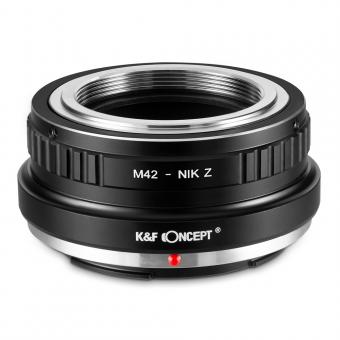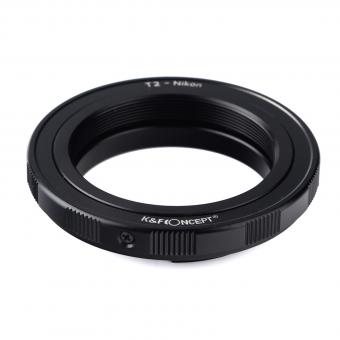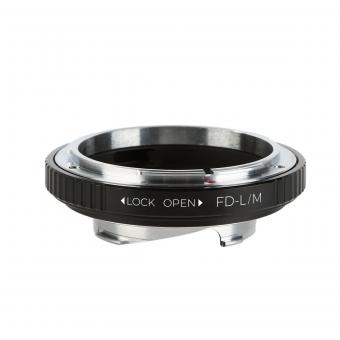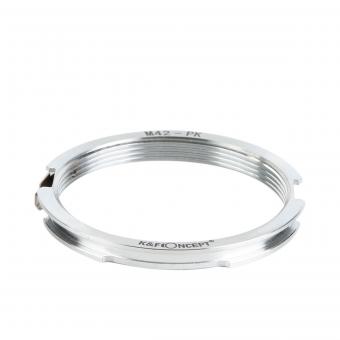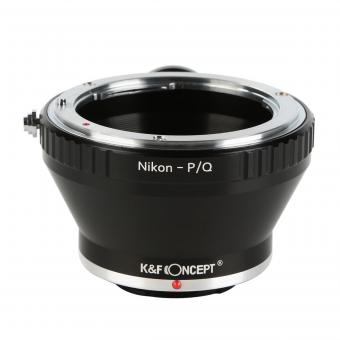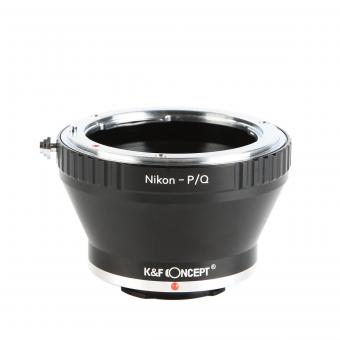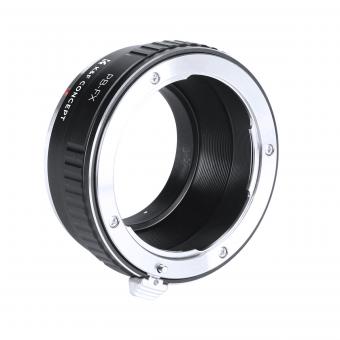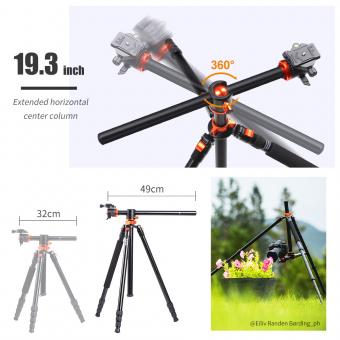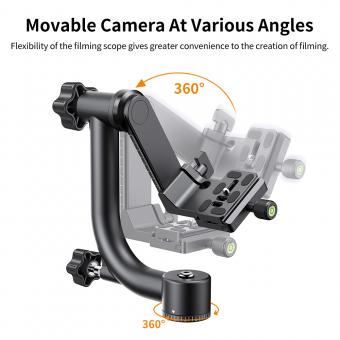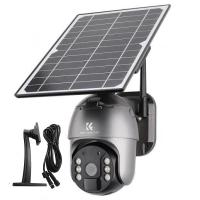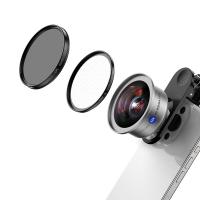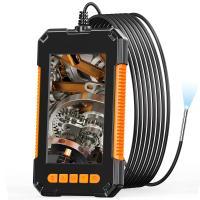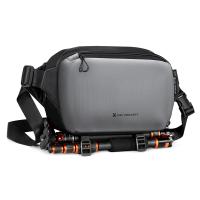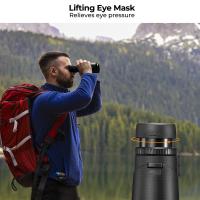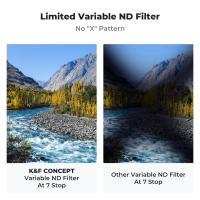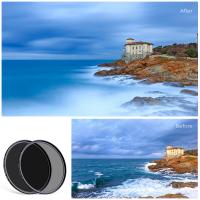What Camera Should I Buy ?
The best camera for you depends on your specific needs and preferences. Consider factors such as your budget, intended use (e.g., professional photography, casual shooting), desired features (e.g., image quality, video capabilities, low-light performance), and level of expertise. Research different camera brands and models, read reviews, and compare specifications to find one that suits your requirements. Additionally, consider factors like lens compatibility, ergonomics, and availability of accessories. It may be helpful to visit a camera store or consult with experienced photographers for personalized recommendations. Ultimately, the "right" camera is the one that meets your needs and allows you to capture the images you envision.
1、 DSLR vs Mirrorless: Choosing the Right Camera System
DSLR vs Mirrorless: Choosing the Right Camera System
When it comes to choosing a camera system, the decision between DSLR and mirrorless cameras can be a tough one. Both options have their own advantages and disadvantages, and the right choice ultimately depends on your specific needs and preferences.
DSLR cameras have long been the go-to choice for professional photographers due to their robust build, extensive lens selection, and optical viewfinder. They offer excellent image quality, fast autofocus, and longer battery life. However, DSLRs tend to be bulkier and heavier, making them less portable than mirrorless cameras.
On the other hand, mirrorless cameras have gained popularity in recent years due to their compact size, lighter weight, and advanced technology. They use electronic viewfinders, which provide a real-time preview of the image, allowing for easier composition and exposure adjustments. Mirrorless cameras also offer silent shooting, in-body image stabilization, and 4K video capabilities. However, their battery life is generally shorter, and lens options may be more limited compared to DSLRs.
The latest point of view suggests that mirrorless cameras are rapidly closing the gap with DSLRs in terms of image quality and performance. Many professional photographers are now embracing mirrorless systems for their versatility and portability. Additionally, advancements in mirrorless technology, such as improved autofocus systems and larger sensor sizes, have made them a viable option for various photography genres.
Ultimately, the decision between DSLR and mirrorless cameras comes down to your specific needs and shooting style. If you prioritize image quality, extensive lens options, and longer battery life, a DSLR might be the right choice for you. However, if portability, advanced technology, and versatility are more important, a mirrorless camera could be the better option. It's recommended to try out both systems and consider factors such as budget, intended use, and personal preferences before making a final decision.
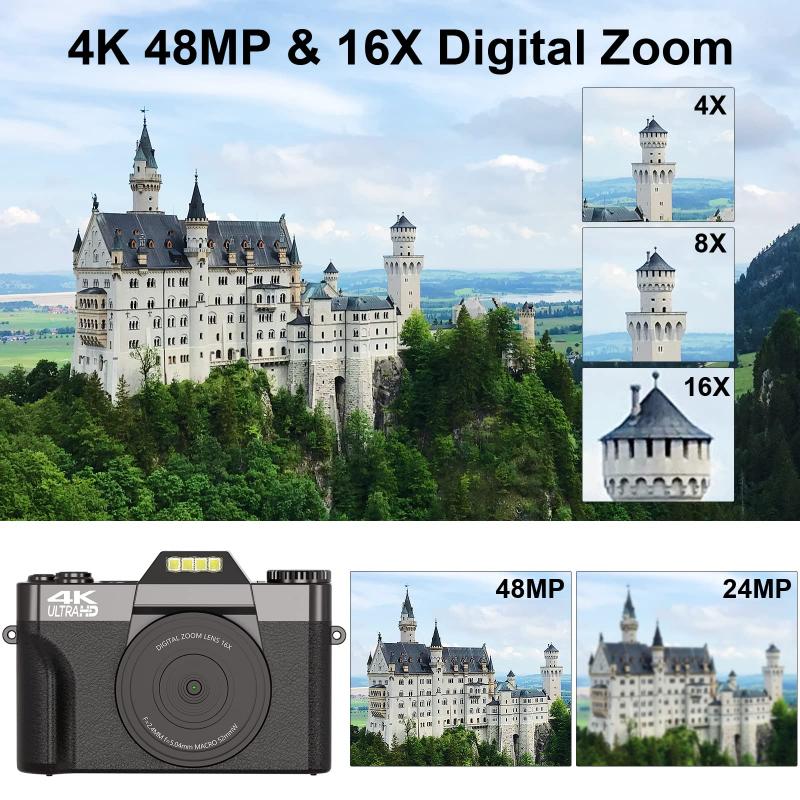
2、 Megapixels and Image Quality: Understanding Camera Resolution
Megapixels and Image Quality: Understanding Camera Resolution
When it comes to buying a camera, one of the most common questions that arises is, "What camera should I buy?" While there are many factors to consider, one of the key aspects to understand is camera resolution, which is measured in megapixels (MP).
Megapixels refer to the number of pixels a camera sensor can capture in a single image. The general belief has been that higher megapixel counts result in better image quality. However, it is important to note that megapixels alone do not determine the overall image quality.
While higher megapixels can provide more detail and allow for larger prints, other factors such as sensor size, lens quality, and image processing also play a significant role in determining image quality. A camera with a larger sensor and better lens can often produce better results, even with a lower megapixel count.
In recent years, camera manufacturers have shifted their focus from increasing megapixel counts to improving other aspects of image quality. This includes advancements in sensor technology, low-light performance, dynamic range, and autofocus capabilities. These advancements have allowed for better overall image quality, even with lower megapixel counts.
Therefore, instead of solely focusing on megapixels, it is important to consider your specific needs and preferences. If you primarily shoot landscapes or need large prints, a higher megapixel camera might be beneficial. However, if you prioritize low-light performance or fast autofocus, a camera with a lower megapixel count but better sensor technology might be a better choice.
Ultimately, the best camera for you will depend on a combination of factors, including your budget, intended use, and personal preferences. It is recommended to research and compare different camera models, read reviews, and even try them out in person before making a decision.
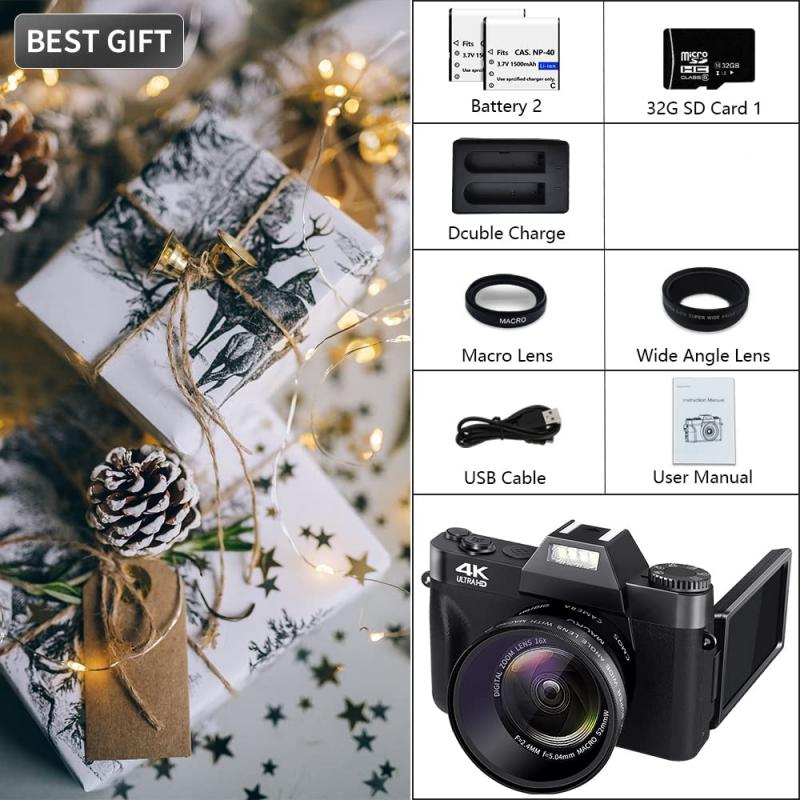
3、 Lens Options: Exploring Different Types of Camera Lenses
Lens Options: Exploring Different Types of Camera Lenses
When it comes to buying a camera, one of the most important factors to consider is the lens. The lens you choose can greatly impact the quality and versatility of your photographs. With a wide range of lens options available, it can be overwhelming to decide which one is right for you.
Firstly, it's important to determine your photography needs and preferences. Are you interested in landscape photography, portraits, or wildlife? Each genre may require a different type of lens. For landscape photography, a wide-angle lens is often preferred to capture the expansive scenery. On the other hand, for portraits, a prime lens with a wider aperture can create a beautiful shallow depth of field, blurring the background and emphasizing the subject.
Another factor to consider is your budget. Lenses can vary greatly in price, with high-end options offering superior image quality and durability. However, there are also more affordable lenses available that can still produce excellent results. It's important to strike a balance between your budget and the quality you desire.
Additionally, it's worth considering the brand and compatibility of the lens with your camera. Different camera brands have their own lens mounts, so ensure that the lens you choose is compatible with your camera body. It's also worth researching the reputation and customer reviews of different lens brands to ensure you're investing in a reliable and reputable product.
Lastly, staying up to date with the latest lens releases and advancements in technology can be beneficial. Manufacturers are constantly innovating and introducing new lenses with improved features and capabilities. By keeping an eye on the latest developments, you can make an informed decision and potentially find a lens that suits your needs perfectly.
In conclusion, choosing the right camera lens depends on your photography needs, budget, brand compatibility, and staying informed about the latest advancements. By considering these factors and doing thorough research, you can find the perfect lens to enhance your photography skills and capture stunning images.
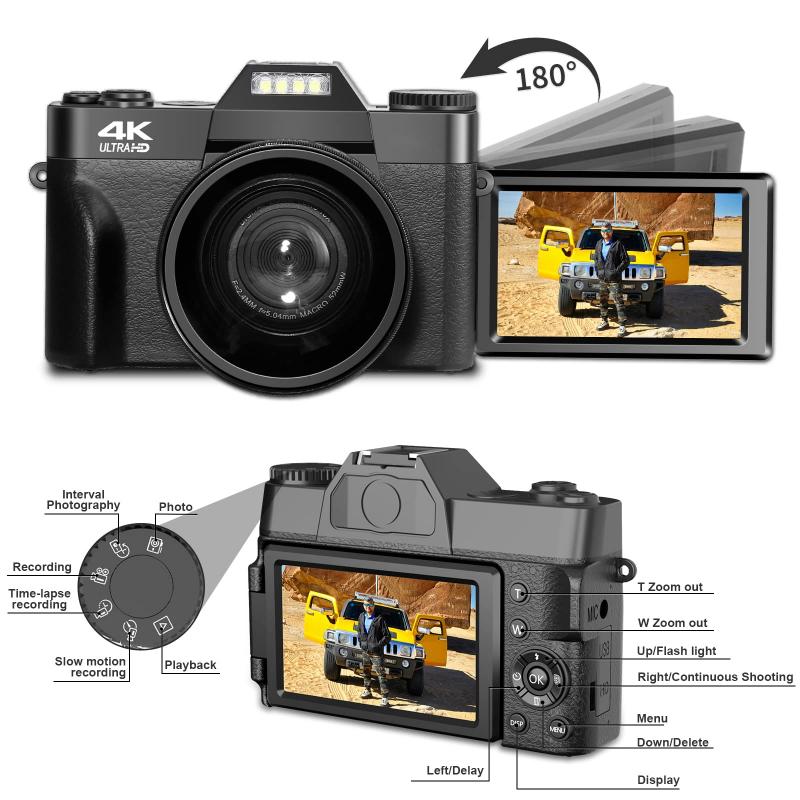
4、 Sensor Size and Performance: Impact on Image Quality
Sensor Size and Performance: Impact on Image Quality
When it comes to choosing a camera, one of the key factors to consider is the sensor size and its impact on image quality. The sensor is the part of the camera that captures light and converts it into a digital image. The size of the sensor plays a crucial role in determining the overall image quality.
In general, larger sensors tend to produce better image quality compared to smaller ones. This is because larger sensors have larger pixels, which can capture more light and detail. As a result, images taken with larger sensors tend to have less noise, better dynamic range, and improved low-light performance.
However, it is important to note that the latest advancements in technology have narrowed the gap between different sensor sizes. While full-frame sensors are still considered the gold standard for professional photography, smaller sensors, such as APS-C or Micro Four Thirds, have significantly improved in recent years.
The choice of sensor size ultimately depends on your specific needs and preferences. If you are a professional photographer or someone who requires the highest image quality possible, investing in a camera with a larger sensor, such as a full-frame or APS-C, would be a wise choice. On the other hand, if you prioritize portability and versatility, cameras with smaller sensors, like Micro Four Thirds, can still deliver excellent image quality while being more compact and lightweight.
It is also worth mentioning that factors like lens quality, image processing algorithms, and the photographer's skills and techniques also play a significant role in image quality. Therefore, it is essential to consider the overall camera system rather than solely focusing on sensor size.
In conclusion, while sensor size does have a significant impact on image quality, the latest advancements in technology have made smaller sensors more capable than ever before. Ultimately, the choice of camera should be based on your specific needs, preferences, and budget, taking into account the overall camera system and not just the sensor size.
